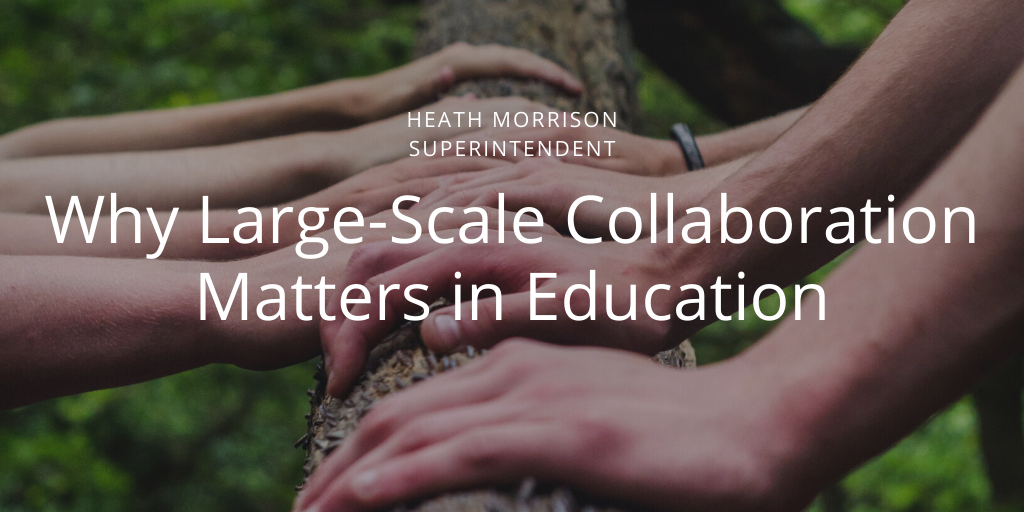The impact of COVID-19 on every aspect of our world, education included, is unprecedented. Students and educators alike may feel isolated, confused, and scared as they attempt to continue school from home. Whether schools rely on the Internet or pen and paper, they need to pool their resources and knowledge to get through this trying time. On a larger scale, schools need to collaborate to maintain standards of practice and offer the best quality education possible to students.
Putting Aside Differences
More collaborators mean more ideas, but this also means more opportunities for bottlenecks as individuals argue for their respective strategies. Time isn’t always on a team’s side, which means that the ability to empathize with others and consider other viewpoints is critical.
Educators may utilize different strategies in the classroom, but they can still share these ideas and collaborate to improve upon them. As EdTech expert Lauren Davis writes, “Collaborating means purposefully building interpersonal relationships and working towards healthy interdependence, which occurs when teachers are comfortable giving and receiving help without forfeiting accountability.”
As a case study, consider the long-standing tension between public charter and district schools. That tension, to put it lightly, has led to some mudslinging from both sides, with administrators for the two institution types working against each other. Given the tremendous difficulty for all schools in this time of crisis, it is imperative we work together rather than using our resources and energies against one another.
However, not every district-charter relationship is riddled with drama. A 2011 partnership between 16 charter school organizations and Boston Public Schools (BPS) created a successful collaborative effort that allowed for shared classroom strategies, data, and resources. This partnership became so successful that it was upgraded and renewed in 2015. Across the country, several school districts are working in tandem with charter schools to pool resources and support the end-goal of any academic institution: preparing students for the world and, for right now, ensuring students are safe and progressing in uncertain times.
Leadership at Every Level
It is not enough for schools to work together. In times of trouble, all levels of educational infrastructure require effective leadership. School administrators must prove valuable in their direction, but teachers, aides, and other educators must also employ leadership capabilities—among them, empathy and drive—to guide students towards success.
Joseph Lathan, Master of Education Academic Director at the University of San Diego, believes that school leaders should empower teachers and build communities. However, he adds, these leaders should also build up the leadership skills of those teachers. Joseph writes,
“Through offering professional development opportunities and support services to teachers, as well as by creating an environment where teachers are able to experiment, innovate and lead, principals can ensure a healthy environment for educators that will have positive repercussions for students.”
As his point illustrates, leadership has a trickle-down effect. When those atop the educational hierarchy cultivate the creativity of those just below them, that trend impacts students at the pyramid’s base. It is through this broad leadership that we will see an ecosystem of compassion and empathy, one that reflects the true importance of quality education on the larger world.

